Just after midnight, one drizzly Friday morning in the poor Buenos Aires neighbourhood of Abasto, I wandered through a rusty door. Inside the cavernous Club Atlético Fernandez Fierro, The Stooges’ ‘I Wanna Be Your Dog’ echoed, anti-globalist art was lit up under a roving mirror ball and students knocked back the cheap Italian liqueur fernet mixed with cola. It was clear this wasn’t the average stuffy tango hall – it’s based on a sweaty football club for a start. Soon, the 12 piece Orquesta Típica Fernandez Fierro, with their theatrical singer Walter “Chino” Laborde carrying a fake papier-mâché bomb, leapt on stage and struck up a version of Enrique Santos Discepolo’s lovelorn tango ‘Cancion Desesperada’.
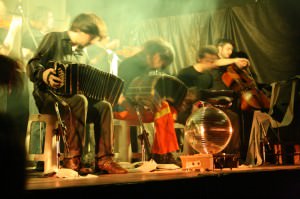
Orquesta Típica Fernandez Fierro (aka OTFF) – Photograph by Daniel Neilson
At the furious hands of OTFF, tango sounds as vital and violent today as it did when it appeared in the slums of 19th century Buenos Aires. Their set is delirious and distraught, mixing standards and originals with an attitude that is pure punk or, as they would argue, pure tango. If Sonic Youth played tango they would be OTFF.
“It might be less subtle but it’s more psychotic,” double bass maestro Yuri Venturín told me before the show. “The world has changed and tango is changing with it. We don’t copy the past, tango is about now.”
Today young Argentines are fascinated not only by the ‘romance’ of tango as many tourists are, but also by its relevance in Argentine society. Typically porteño, many tangos and milongas written in the 1930s and 1940s talk about conventillos (tenement blocks), poverty and corruption on the Buenos Aires. They are themes that address problems as relevant today as when they were first written. The lyrics of the sublime tango ‘Cambalache’ today seem almost prophetic: “Everything is the same, nothing is better… whoever is a gentleman, whoever is a thief” wrote E. S. Discépolo in 1935.
As the popularity of tango reaches unprecedented levels around the world, the cafés, once at the heart of the tango, are becoming lost among the expensive tourist spectaculars. “We just can’t afford to go to those places,” claims Leonidas Valdez, a tango singer who occasionally performs at the famous Café Tortoni, a venue that is squarely out of his price range. Consequently, many cafés and bars scattered throughout the neighbourhoods of Buenos Aires are again becoming a meeting place for some excellent tango singers and guitarists, who join together over the weekend and sing of their memories and sorrows to friends of old. This is the tango of the barrio, the tango of the workers, the very type of place where tango originated.
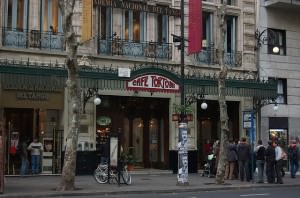
Cafe Tortoni & National Academy of Tango – Photograph by Beatrice Murch
Similarly, it’s a new young porteño market that many milongas (tango dance clubs) have begun to cater for – a scene that was previously in the realm of tourists. In La Viruta in Palermo, for example, the organisers claim that 70% of the 1,700 dance students are between 20 and 35. The many dance classes that are springing up in cultural centres all over the city have similar stories. The Centro Cultural Torcuato Tasso, overlooking Parque Lezama in San Telmo, opened several years ago and offers a diverse range of music from flamenco to raves. However, in the last couple of years the raves have been supplanted by milongas, without losing the demographic they attract.
Other tango bars off the tourist track, such as the wonderful 12 de Octubre, are also frequented by an overwhelmingly young audience. Throughout the weekend, 12 de Octubre (commonly known as El Boliche de Roberto, a bar little changed from the day it opened in 1873) on Perón and Bulnes is full with younger generations of tango lovers, all of whom are welcome to come, learn and perform. Roberto’s son and heir Estaban Perez tries to explain its success to me: “It all started a couple of years ago with a few guys who came with their guitars and sang. Now there is a whole new movement… 90% of the people who come on the weekend are young; they love the place, so old and ruined.”
The government of Buenos Aires has also been instrumental in helping to support tango in the city. The Festival of Tango, which runs from 13th – 31st August, is a hugely successful event which attracts visitors from around the world, and offers even more chance to see the spontaneous, young and exciting tango emerging in the city bars.
Taking inspiration from the bandleader Osvaldo Pugliese, who went to prison for his communist ideas, OTFF (who may or may not be behind stencils of Pugliese around Buenos Aires…) and several other groups, such as the Orquesta Típica Imperial, formed a ‘frente resistente’ out of desperation. “We are fighting against the ‘souvenir’ tango that is packaged for tourists,” says dreadlocked bandoneon player Flavio ‘El Ministro’ Reggiani, “Tango is the music of protest and we are playing it with the energy and violence to create an essential sound.”
Orquesta Típica Fernandez Fierro often make trips to the UK and around Europe, but if you can’t wait until then, here is a fantastic video of OFTT performing in Buenos Aires:
Also in the UK, the blockbuster ‘Tanguera’ is at Sadlers Wells until 22nd August.
Just remember that tango is much more than the dance – it was born in the barrios, barrios that are still singing.

Daniel Neilson

Latest posts by Daniel Neilson (see all)
- RUN BA RUN - July 12, 2016
- A Beginners Guide to Football Teams in Buenos Aires - September 10, 2014
- Argentina Hit Their Stride in World Cup 2014 - June 26, 2014

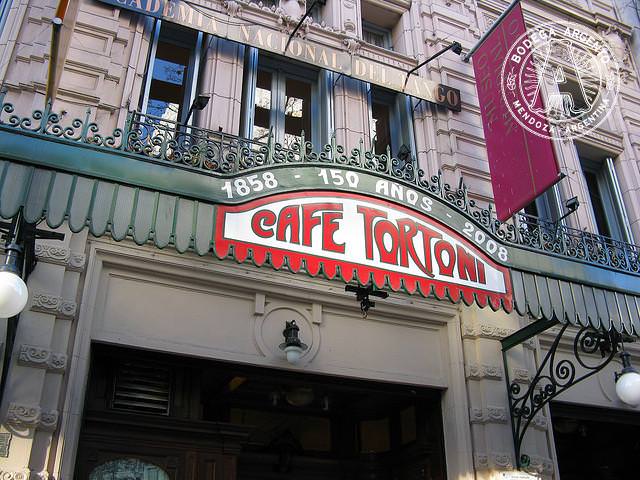
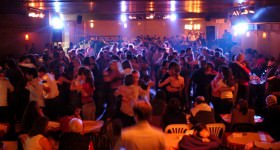 Tango in Buenos Aires: The Top 10 Milongas
Tango in Buenos Aires: The Top 10 Milongas 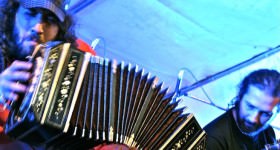 Independent Tango Music in Buenos Aires
Independent Tango Music in Buenos Aires 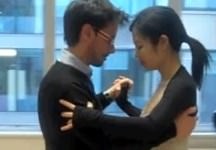 Journey into the Dance of Argentina – Learn to Tango
Journey into the Dance of Argentina – Learn to Tango 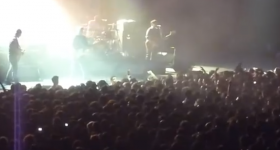 The Best Argentine Music Venues in Buenos Aires
The Best Argentine Music Venues in Buenos Aires 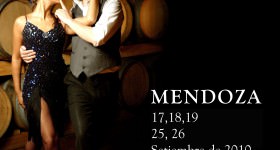 Tango Festival on The Mendoza Wine Route
Tango Festival on The Mendoza Wine Route  Argentinian Music: A Biography of (genius) Gustavo Santaolalla
Argentinian Music: A Biography of (genius) Gustavo Santaolalla
[…] jetlag. When it’s already the day-after-the-night before, Porteños are just making their way to tango halls, cumbia nights or electronic boliches. This isn’t saved for the weekends either – Wednesday […]